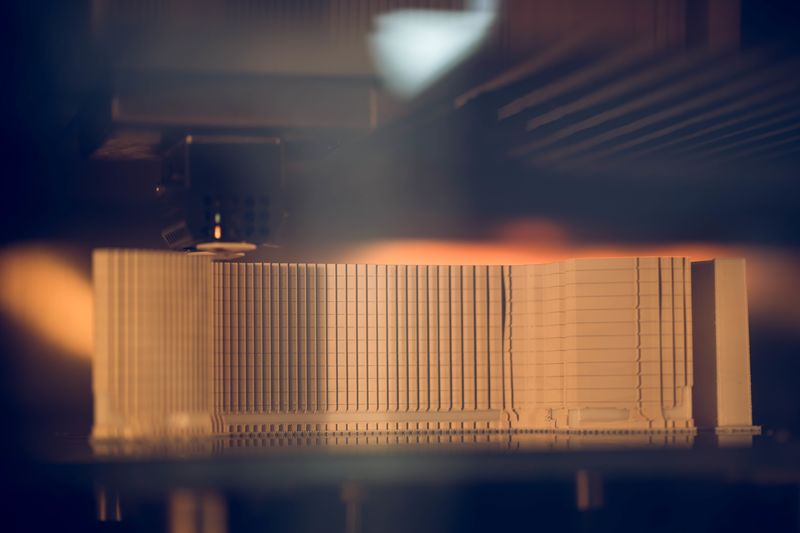D-D-19 and we will be celebrating the new year. At this moment, companies are currently taking stock and making resolutions for 2019. Others such as Materialise are revealing what they will be the major points of the industry in 2019.

Discover below the major highlights of 2019 according to the Belgian 3D printing specialist:
Believe in applications, they will push the industry forward
Throughout the year, professionals were looking for new applications of the technology, hence new market entrants such as railways and post processing that have been found.
Innovations will enable engineers to develop skills in design for AM. User demand stimulates creativity and enables professionals to improve their techniques.
When a company moves from traditional manufacturing to additive manufacturing, design engineers need to adopt a new set of rules: it’s a move from ‘design for manufacturing’ to ‘design for additive manufacturing’. Knowing what works for a design that’s intended for metal casting isn’t enough when you’re making the switch to Metal 3D Printing.
“Polymer materials for 3D printing” will continue to be improved
Giovanni Vleminckx, a materials expert in Materialise’s research and development team, has observed a new impetus in material manufacturers like BASF to produce materials specifically for 3D printing which could take new materials out of R&D labs and onto 3D printing production floors.
“New materials for 3D printing were not being produced because they were not processable on commercially available machines. Now, large material suppliers are signaling their willingness and drive to push forward with 3D printing technology. That’s leading to a steady fast growth for 3D printing plastics.”
It’s all about software
People tend to forget that: AM starts with the use of a software. It plays a key role in the automation of tasks and the prediction of defects during the manufacturing process.
Two more major cost factors are consumables and machine time. What if you could prevent wastage in those resources? Another way to improve productivity is through simulating the 3D printing process. Incorporating simulation into the 3D printing workflow makes it possible for production operators to spot potential build errors even before the build starts. Preventing failed builds can help reduce production costs drastically, bring down scrap rates, and increase overall profitability.
3D Printing is part of governmental discussions.
We have seen the example of the UK two days ago. According to Bram Smits, Public Policy Officer at Materialise “it hasn’t always been easy for governments to see the bigger picture, because the term 3D printing has been used for everything from rapid prototyping to serial manufacturing. That has made it difficult for governments to estimate the potentials and risks of 3D printing for citizens and what exactly they should seek to empower through policymaking.”
Regulation of intellectual property and product liability are the main concern for many businesses today, and now, governments should come into play.
Interoperability and technology-neutral solutions.
Addressing these issues will certainly lead to a bigger share of the $12 trillion manufacturing market. If industrial manufacturers want to be serious about adopting 3D printing as a complementary manufacturing technology for final products, they simply cannot afford to be locked into proprietary solutions that limit their flexibility and choice.
“For 2019, we expect new users will continue to find their way towards additive manufacturing, and we’ll see an increasing number of companies shifting their production to AM or adding AM into the mix. New product introductions will bring success and failure, and both are key for this steady growth, with the learning opportunities that they present. We don’t expect 2019 to become an inflection point in the history of AM, but the stage is set for another year of incremental steps towards an additive future. The slow revolution continues.” – Fried Vancraen, Materialise CEO.
For further information about 3D Printing, follow us on our social networks and subscribe to our newsletter!
Would you like to be featured in the next issue of our digital magazine? Send us an email at contact@3dadept.com





